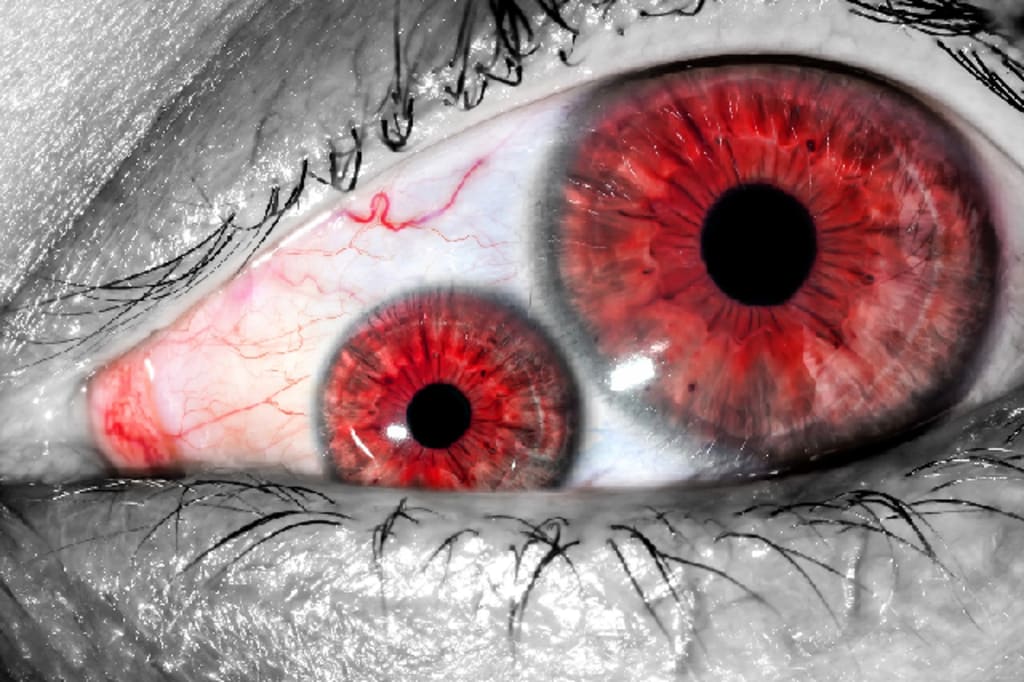Rare Eye Diseases List
Rarest Eye Disease

Uncommon Eye Conditions
If you or your loved ones have rare eye diseases, keep this in mind: While this condition may be unusual, you are not alone. And while most doctors don’t know much about your condition, there are specialists and organizations that do. They are dedicated to helping people with all kinds of rare diseases and their families. Find out what they offer.
Rare Eye Diseases List
National Eye Institute has information on a number of rare eye diseases, including:
Anophthalmia and Microphthalmia
Bietti’s Crystalline Dystrophy
Behçet’s Disease
Coloboma
Graves’ Eye Disease
Idiopathic Intracranial Hypertension
Retinitis Pigmentosa
Retinoblastoma
Stargardt Disease
Usher Syndrome
1. Anophthalmia And Microphthalmia
Microphthalmia and anophthalmia are eye conditions that people are born with. Microphthalmia occurs when a child has one or both small eyes. Both conditions are rare and can lead to vision loss or blindness. Anophthalmia occurs when a baby is born without one or both eyes.
There is no cure for people born with anophthalmia or microphthalmia that can create a new eye or restore sight. But early treatment can help the growth and development of infants and children with these conditions.
What causes anophthalmia and microphthalmia?
Most of the time, doctors do not know what causes anophthalmia or microphthalmia. These conditions can be caused by:
Changes in genes. (genetic mutations) These changes occur during pregnancy before the baby is born. These changes can also lead to other birth defects.
Some medications can cause anophthalmia and microphthalmia if you take them during pregnancy.
Coming into contact with harmful things could also cause anophthalmia and microphthalmia. This may include :
X-rays
Chemicals
Drugs
Pesticides
Radiation
Viruses
Experts think that a combination of genes and other factors, such as harmful things in your environment, can also cause anophthalmia and microphthalmia.
2. Bietti’s Crystalline Dystrophy
Bietti’s crystalline dystrophy (BCD) is a genetic disease and it’s rare. In BCD outer layer of the front of the eye). People with, crystals made of fatty acids build in your retina (the light-sensitive layer of tissue in the back of the eye) and your cornea (the clear
BCD May first experience symptoms in their teens or early twenties, such as difficulty seeing in low light or out of the corner of the eye. Over time, this leads to eyesight loss.
There is currently no proven cure for BCD, but vision restoration can help you get the most out of your vision.
What causes BCD?
BCD is a genetic disease, which means it is transmitted from parents. You will only have symptoms if both of your parents have the BCD and pass it on to you. If only one parent has the gene, you will carry the BCD gene but have no symptoms.
3. Behçet’s Disease
Behçet’s is a rare disease that can damage your blood vessels. It can cause problems in many parts of your body, including your eyes. But you may have periods when your symptoms go away, which is called remission.
There is no cure for Behçet’s, but there are some treatments that can help you manage it.
What causes Behçet’s Disease?
Most of the symptoms of Behçet’s are caused by inflammation in your blood vessels. Inflammation usually occurs when your immune system is fighting an infection. Behçet’s disease instead makes your immune system attack your blood vessels. It can cause problems such as swelling and pain in many parts of your body.
Experts are not sure why this happens. People with Behçet’s may have a gene (HLA – B51) that causes problems with their immune system. Bacteria, viruses, or anything else in the environment can cause this reaction.
If you have Behçet’s, you cannot pass it on to anyone else.
4. Coloboma
Coloboma is an eye disease that people are born with. This happens when normal tissue in or around the eye is missing. It can affect one eye or both eyes.
If your child has coloboma, talk to your doctor about the best care plan for it. There are treatments that can help them make the most out of their eyesight.
What causes coloboma?
Coloboma happens when during pregnancy a baby’s eye does not develop normally, because of abnormal or altered genes that affect eye development. Sometimes coloboma runs in families.
drinking alcohol, during pregnancy, can also increase the risk of coloboma disease for the baby.
Coloboma often occurs with conditions that affect other parts of the body, such as Wolf-Hirschhorn syndrome and CHARGE syndrome.
5. Graves’ Eye Disease
Graves’ eye disease occurs when the swelling around the eyes expels them. It is caused by Graves ‘disease and is also called GED, Graves’ ophthalmopathy, or (TED) thyroid eye disease.
this disease is often mild and can go away on its own. It does not usually cause eyesight loss, but it can cause double vision and other symptoms. Treatment can help with these symptoms.
What causes Graves’ eye disease?
Researchers are not sure what caused Graves. He thinks people with certain genes are more likely to have it. A virus or something else in the environment can act as a “trigger” causing disease in people who have these genes.
Graves’ disease is not contagious. You can’t take it from other people or give it to them.
6. Idiopathic Intracranial Hypertension
(IIH) occurs when too much pressure around the brain causes symptoms such as headaches and vision changes. “Idiopathic” means unknown cause, “hypertension” means hypertension and “intracranial” means in the skull.
IIH occurs when too much cerebrospinal fluid around the brain and spinal cord builds up in your skull. This puts extra pressure on your brain and the nerves in the back of your eye, called the optic nerve.
Talk to your eye doctor if you notice a change in your vision. your eye doctor can examine and find out if your symptoms are related to IIH or any other condition. there are treatments for (IIH) that can help with the symptoms.
What causes IIH?
Experts do not know the cause of IIH. But other types of intracranial hypertension have known causes:
Acute intracranial hypertension occurs suddenly, usually due to an accident or stroke
Chronic intracranial hypertension increases over time, usually due to health problems such as blood clots or brain tumors, or taking certain medications. for more detail click here
About the Creator
sadia ayaz
My name is Dr. Sadia Ayaz and I am an ophthalmologist and eye surgeon. My medical degree is from Pakistan, I have done FCPS-1 / IMM from the College of Physicians and Surgeons Pakistan.





Comments
There are no comments for this story
Be the first to respond and start the conversation.